Description
Lithol Red: A Vibrant Pigment with a Rich History and Diverse Applications
Lithol Red, a synthetic organic pigment, is a vibrant and versatile colorant celebrated for its bright red hue and excellent tinctorial strength. While perhaps not a household name, Lithol Red plays a significant role in various industries, adding color to everything from printing inks to plastics. This article explores the history, properties, applications, and potential concerns surrounding this widely used pigment.
A Glimpse into its History:
Discovered in the early 20th century, Lithol Red quickly gained prominence due to its superior brightness and color strength compared to many natural red pigments available at the time. Its synthesis involved the coupling of a diazonium salt with beta-naphthol, a process that allowed for mass production and consistent quality. This marked a significant advancement in pigment technology, enabling more vibrant and durable colorations.
Key Properties and Characteristics:
Lithol Red boasts a number of desirable properties that contribute to its widespread application:
- Bright Red Hue: Its defining characteristic is its intense, bright red shade, making it ideal for applications where a strong and eye-catching color is desired.
- High Tinctorial Strength: A small amount of Lithol Red can impart significant color to a base material, making it an economically viable option.
- Good Lightfastness (in certain applications): While lightfastness can vary depending on the specific formulation and application, Lithol Red generally exhibits good lightfastness, meaning it resists fading under prolonged exposure to light, particularly when used in opaque applications.
- Oil Solubility: Lithol Red is primarily oil-soluble, making it suitable for use in oil-based inks, paints, and coatings.
- Relatively Low Cost: Compared to some other pigments, Lithol Red is relatively affordable, contributing to its popularity in cost-sensitive applications.
Diverse Applications Across Industries:
The versatility of Lithol Red allows it to be employed in a wide range of industries, including:
- Printing Inks: A primary application is in the production of printing inks, particularly for packaging and publication printing, where its brightness and tinctorial strength are highly valued.
- Plastics: Lithol Red is used to color various types of plastics, imparting a vibrant red hue to toys, household items, and industrial components.
- Paints and Coatings: While not as common as some other red pigments in high-end paints, Lithol Red finds application in certain industrial coatings and paints, particularly where cost is a primary consideration.
- Textile Printing: Lithol Red can be used in textile printing processes to create vibrant red patterns on fabrics.
- Rubber Products: It can be incorporated into rubber formulations to add color to tires, seals, and other rubber-based products.
Considerations and Potential Concerns:
While Lithol Red offers numerous benefits, certain considerations and potential concerns warrant attention:
- Lightfastness Limitations (in certain applications): As mentioned earlier, while generally good in opaque applications, the lightfastness of Lithol Red can be limited in certain transparent or diluted applications.
- Migration Potential: In some plastic applications, particularly with certain polymers, Lithol Red may exhibit a tendency to migrate, leading to color bleeding or staining.
- Regulation and Safety: As with all colorants, the use of Lithol Red is subject to regulations and safety standards that vary by region and application. Manufacturers and users are responsible for ensuring compliance with these regulations.
- Environmental Concerns: The production and disposal of synthetic pigments can raise environmental concerns. Responsible manufacturing practices and proper waste management are crucial to minimize any potential negative impacts.
Conclusion:
Lithol Red remains a vital pigment in the coloring industry, offering a vibrant red hue, high tinctorial strength, and cost-effectiveness. Its diverse applications across various sectors highlight its versatility and enduring appeal. However, it’s essential to be aware of the potential limitations and concerns associated with its use, ensuring responsible application and adherence to safety and environmental regulations. As pigment technology continues to evolve, Lithol Red will likely remain a significant player, adapted and refined to meet the demands of a colorful and ever-changing world.

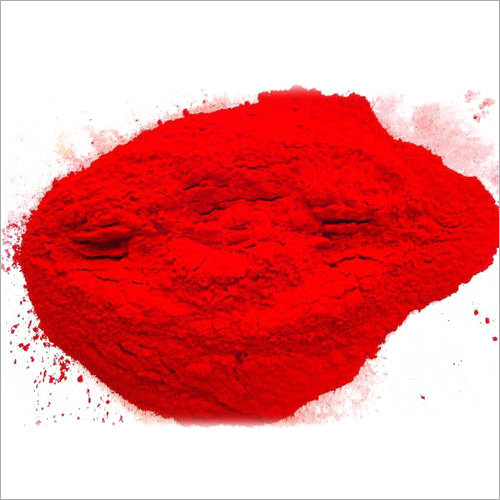
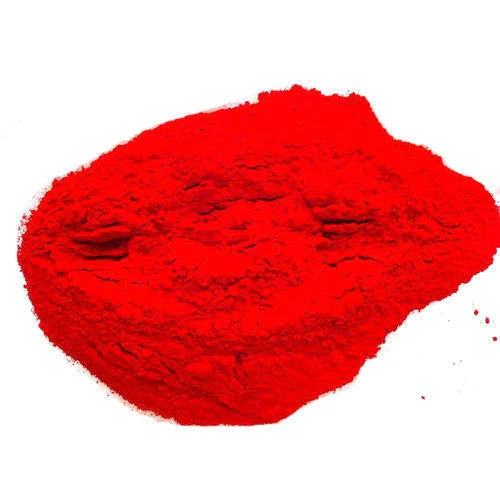
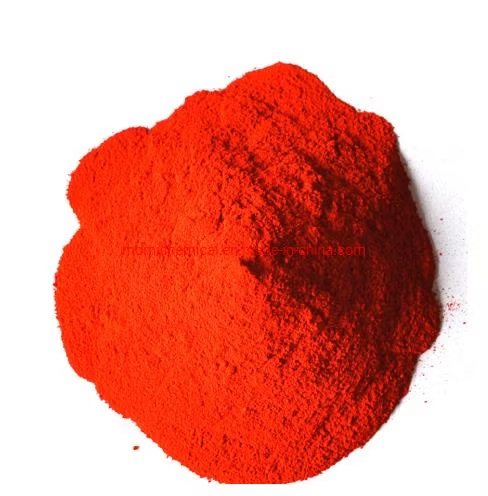
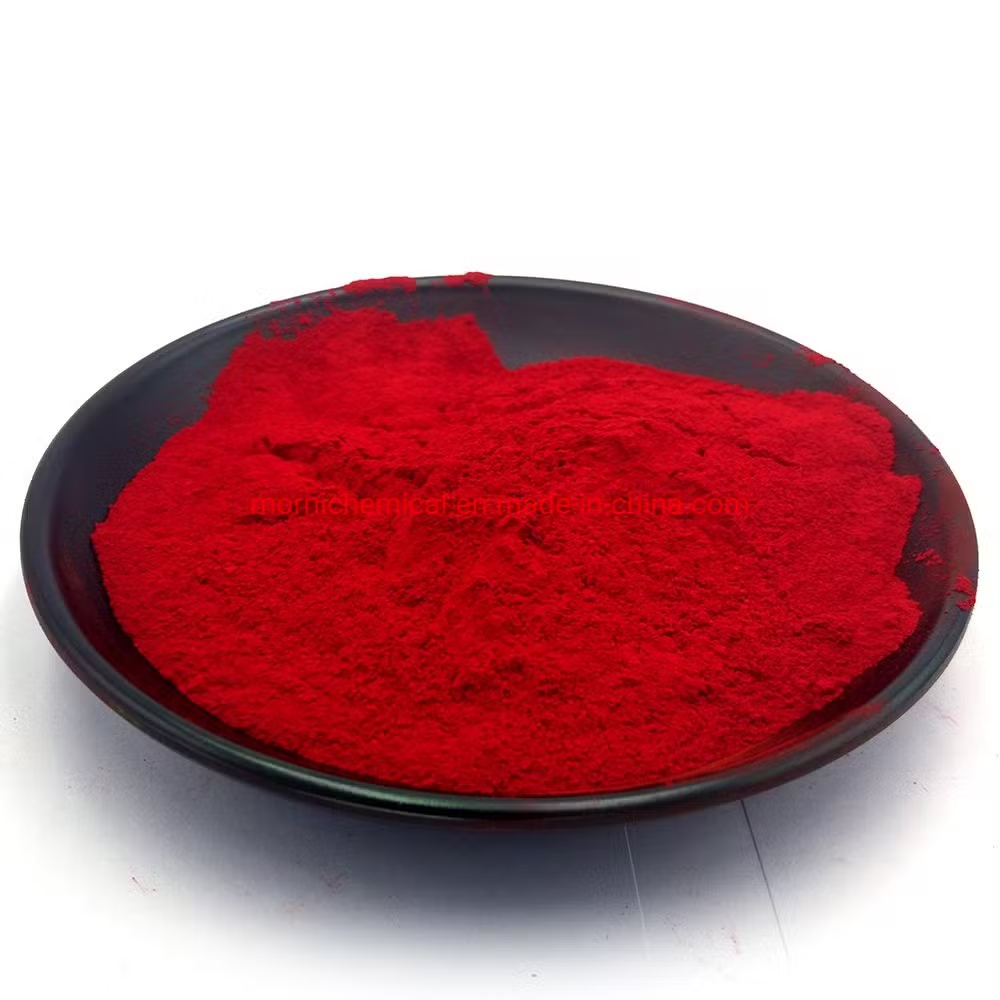
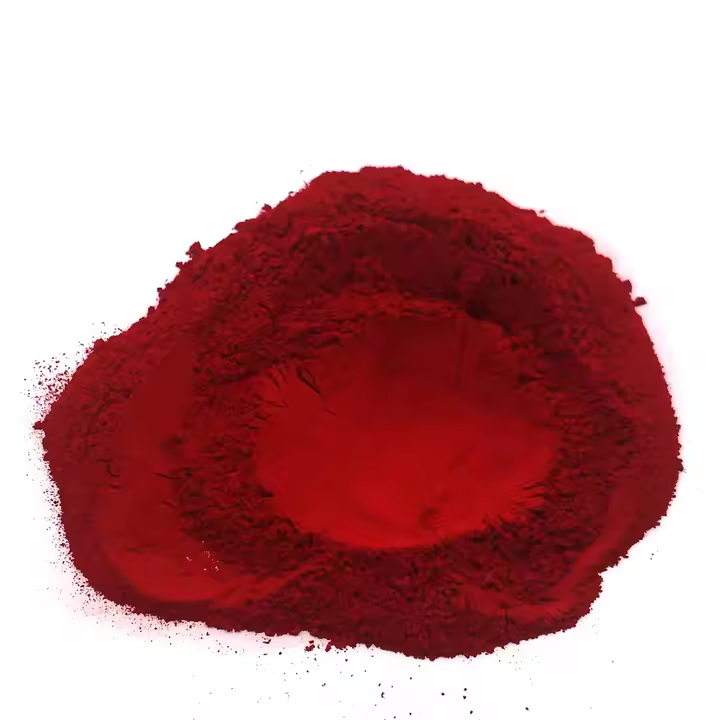
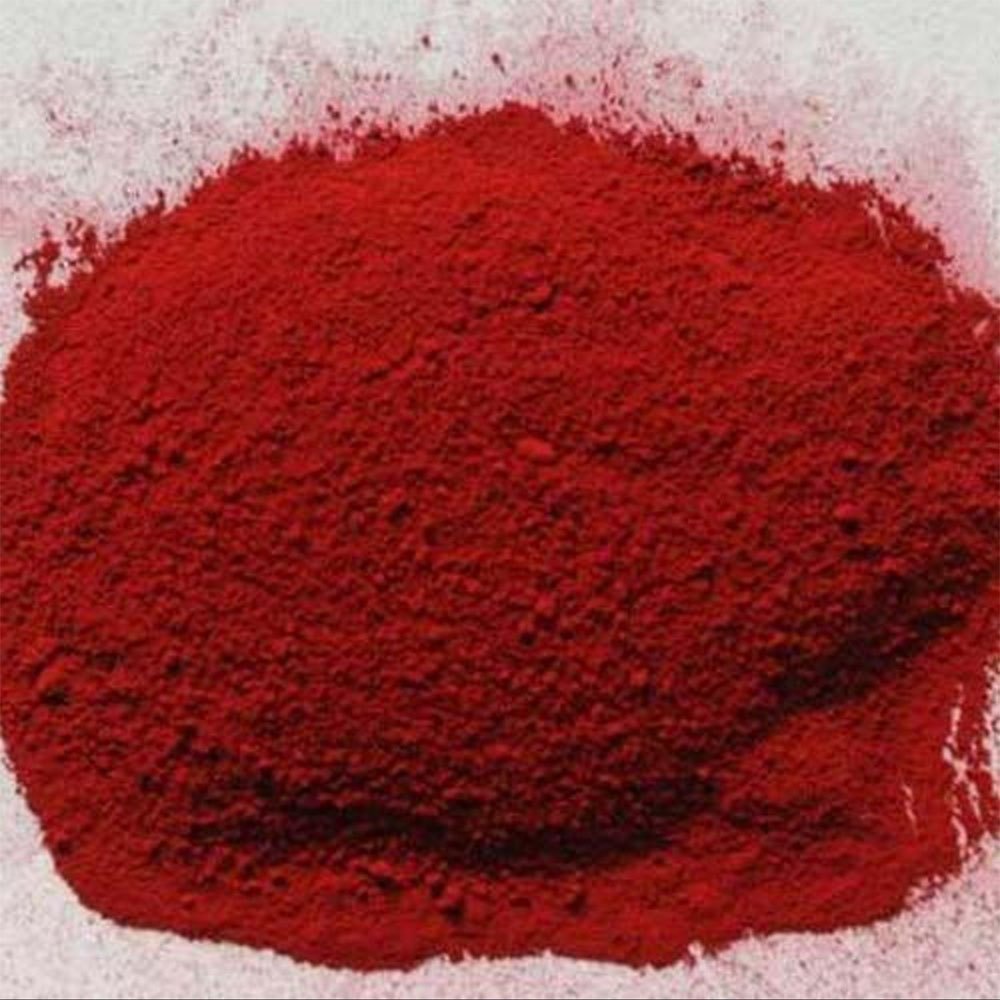
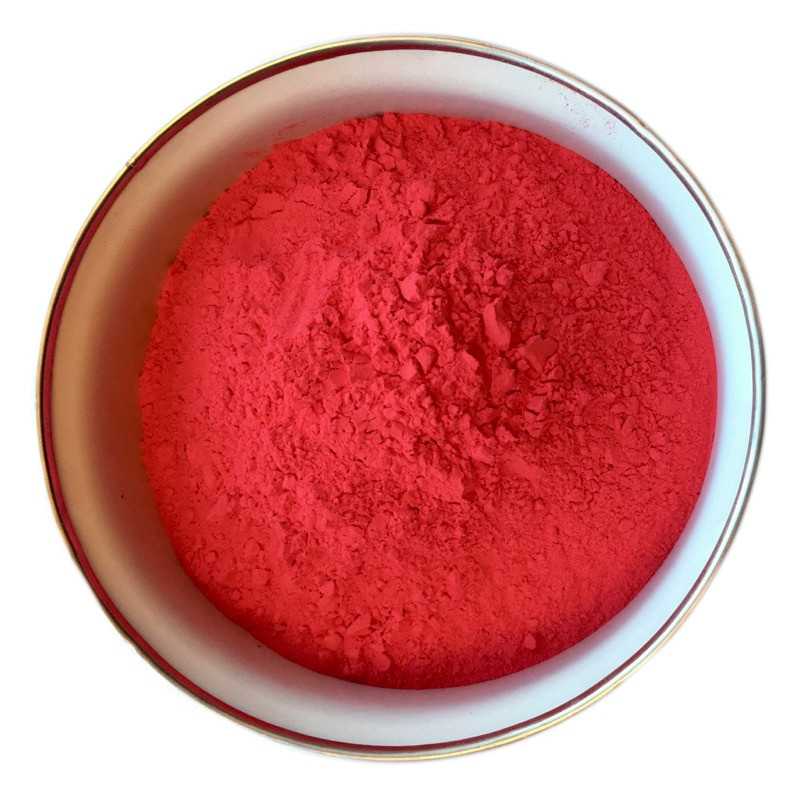
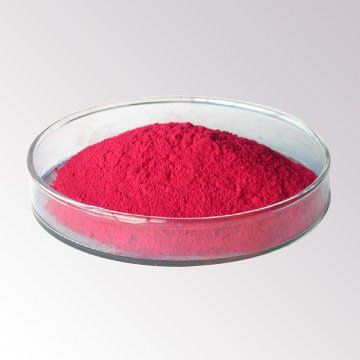




Reviews
There are no reviews yet.